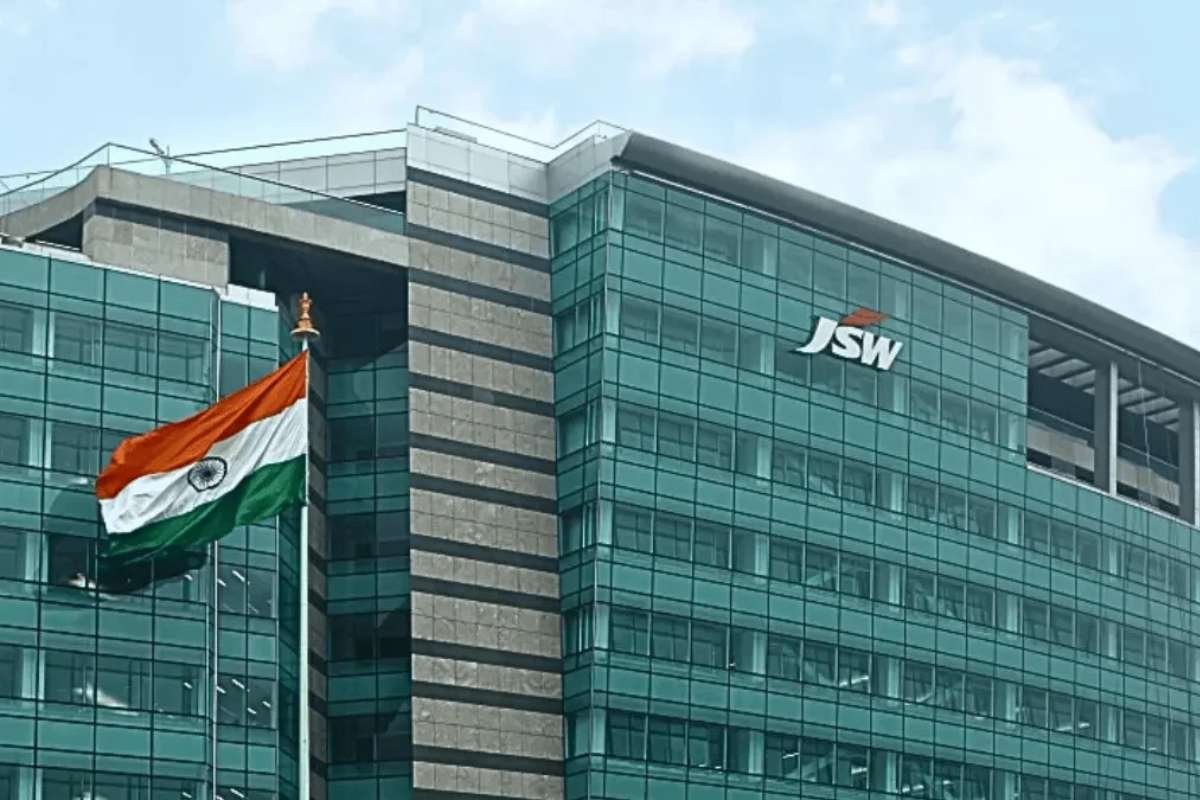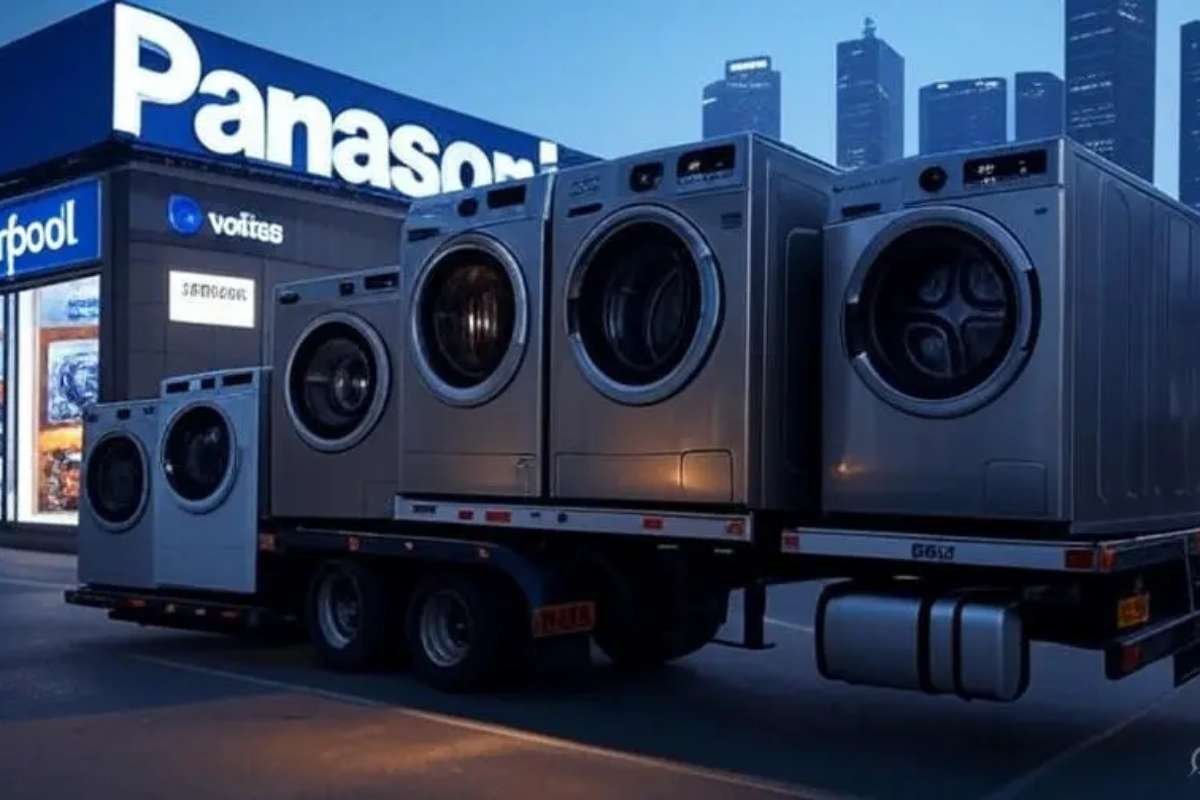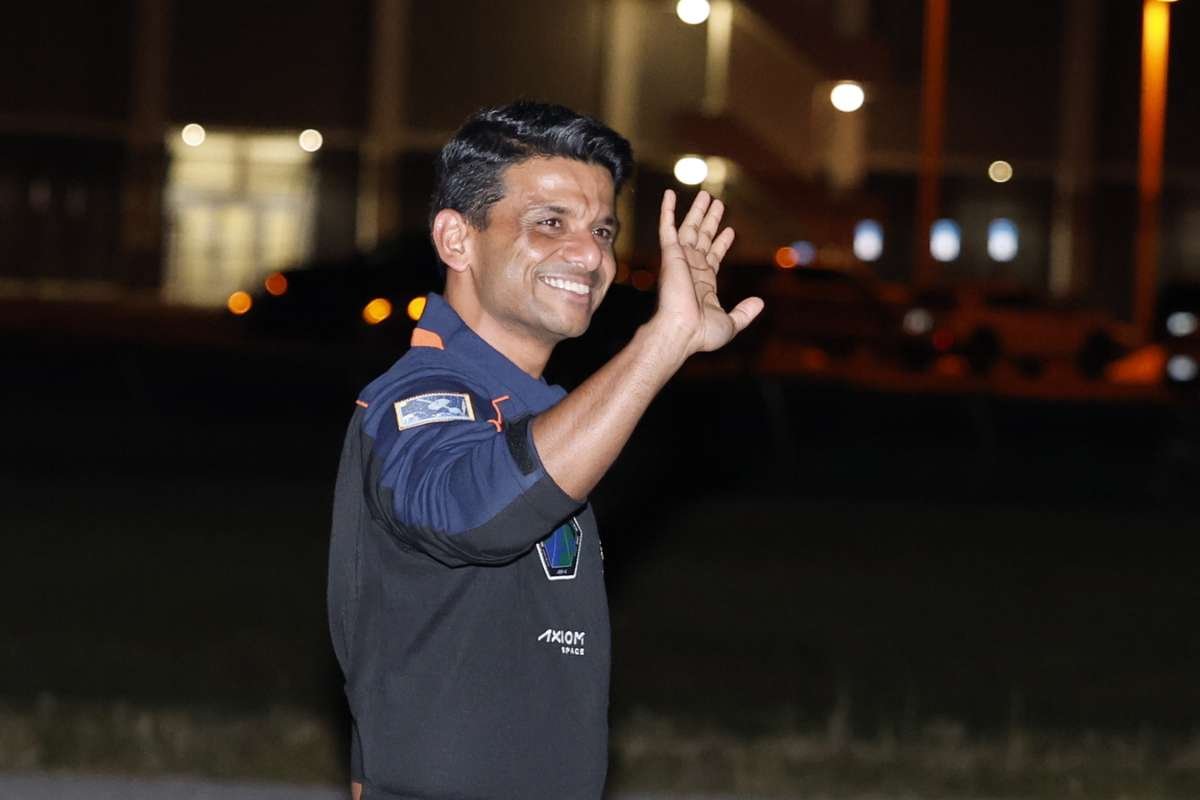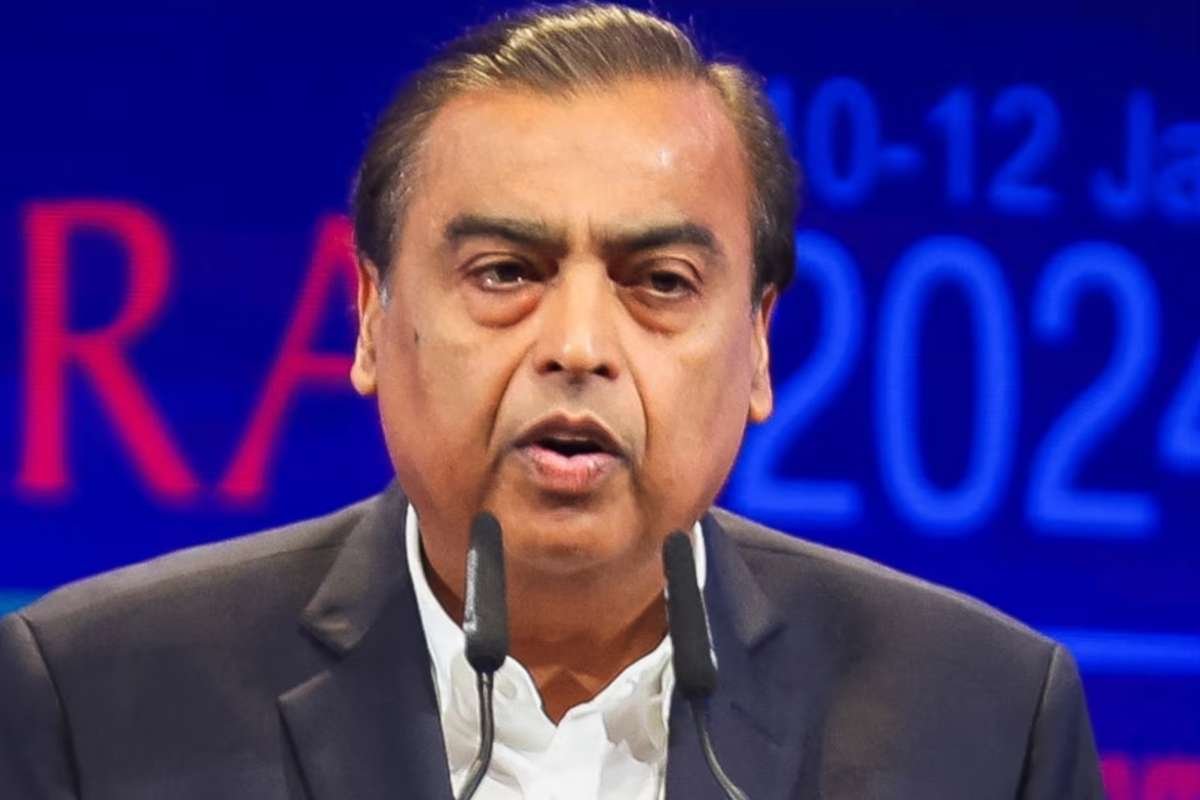Indian Railways: Backbone of the Nation
Indian Railways, often hailed as the lifeblood of India, serves as a critical transportation network connecting millions across the country. With a sprawling operational network of 67,000 kilometers and a daily ridership of 2.3 crore passengers, the system has played a transformative role in the nation’s history—from fueling pre-independence movements to becoming a cultural icon in Bollywood classics like Dilwale Dulhania Le Jayenge. The Union Budget 2025-26, to be presented by Finance Minister Nirmala Sitharaman on February 1, is expected to spotlight the sector once again.
Experts foresee a promising future for Indian Railways, predicting that it could achieve global standards by 2030 if current developmental and investment trends persist. The previous budget allocated a record capital expenditure of Rs 2.62 lakh crore, with this year’s outlay projected to exceed Rs 3 lakh crore, reflecting a 15-20% increase. Despite these investments, India’s third-largest economy is still waiting for the high-speed rail connectivity that has significantly advanced economies like China.
Recent Trends in Railway Budget Allocations
Budget allocations for Indian Railways have surged by 80% over the past five years, growing from Rs 1.48 lakh crore in FY2020 to Rs 2.65 lakh crore in FY2025. The bulk of this funding comes through budgetary support, with a noticeable reduction in incremental borrowings over the last three years. Vinay Kumar G, Vice President & Sector Head at ICRA Limited, noted that this trend underscores the government’s commitment to bolstering railway infrastructure. He anticipates continued healthy capital outlays in FY2026.
The sector has seen financial success, with total receipts hitting an all-time high of Rs 2.56 lakh crore in 2023-24 and generating a net revenue of Rs 3,260 crore to supplement capital expenditure. However, experts believe that for Indian Railways to rival global standards, the focus must remain on high-speed trains, doubling existing lines, upgrading rolling stock, and improving passenger amenities.
Safety and Modernization: The Path Ahead
Safety remains a critical area of focus for Indian Railways. Over the past five years, the nation has witnessed 200 major train accidents, 145 of which involved derailments. According to a senior Indian Railway Traffic Service (IRTS) official, outdated infrastructure, poor track maintenance, and improper alignment have been primary contributors to these incidents.
Jagannarayan Padmanabhan, Senior Director at Crisil Intelligence, emphasized the deployment of advanced safety systems like Kavach. This indigenously developed Automatic Train Protection (ATP) system is designed to prevent collisions and derailments, and its implementation has already covered 1,465 route kilometers and 139 locomotives. For FY2024-25, Rs 1,112.57 crore was allocated to expand Kavach’s deployment, with Railway Minister Ashwini Vaishnaw highlighting its mission-mode implementation as a top priority.
Anurag Gupta, Partner at Deloitte India, stressed the importance of safety in achieving global benchmarks. “Even a single accident is a problem. Our goal is to create a railway network that sets the gold standard globally in safety and efficiency,” he said.
As the government gears up for the 2025-26 Union Budget, all eyes remain on whether the increased allocations and focused investments will be enough to propel Indian Railways into a new era of global competitiveness.
Visit Business Viewpoint Magazine for the most recent information.







